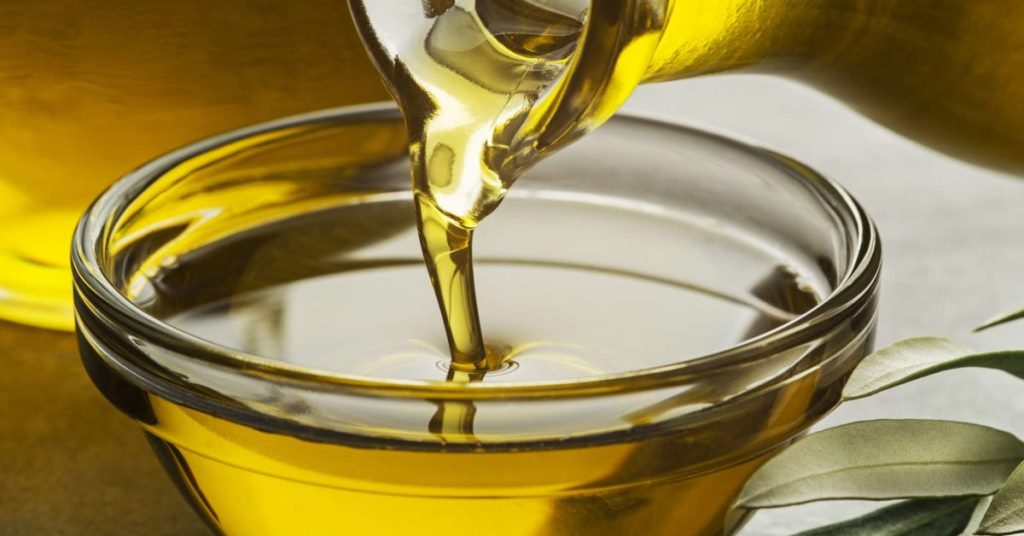Author: PETI SIYAME, Sumbawanga
AfricaPress-Tanzania: RUKWA residents have to dig deeper into their pockets as the price of edible cooking oil has doubled since last month.
A survey conducted by ‘africa-press’ in some parts of Sumbawanga Town showed that the retail price of cooking oil has hiked since December last year. The retail price of edible cooking oil, MO Safi and Korie has jumped to 100,000/- per 20 litre bucket from between 50, 000/- and 60,000/-.
Price fluctuation has compelled some retail traders to hesitate selling Korie, Mo Safi and sunflower oil products—as they fear buyers’ low purchasing power.
“The price has skyrocketed, I’m wary of restocking because I may end up failing to find buyers,” said a retail shopkeeper, Mr Johnson Mwambe.
Similar sentiments were echoed by retail traders in Kalambo, Nkasi and Sumbawanga districts.
“Most of our customers are these petty traders who buy two to five litres… but they no longer come,” explained Ms Mwajabu Babu, who runs a retail shop in Nkasi District.
Sources recounted that the surge of sunflower cooking oil price was attributed to heavy rain that had affected sunflower farming in the region.
“The price of sunflower cooking oil has gone up from 3,500/- per bottle of one and half litres to 8,000/-. This had an impact on buyers’ frequency trend in my shop. Actually, they do not come at all,” explained a retail trader from Matai Town in Kalambo District, who preferred anonymity.
Tanzania’s annual demand for edible oil is estimated at 500,000 tonnes, while domestic production is only 200,000 tonnes annually.
Subsequently, there is a deficit of 300,000 tonnes, which is covered by imports.
Equally, Tanzania imports assorted cooking oil brands from Malaysia and Singapore as well as from some neighbouring countries.
Demand and supply has caused hiked and lowered prices in markets largely dominated by imports.
According to FAO, the Vegetable Oil Price Index gained a stunning 14.5 per cent in November from October 2020, led by an on-going rally in palm oil prices linked to sharp contractions in world inventory levels.


